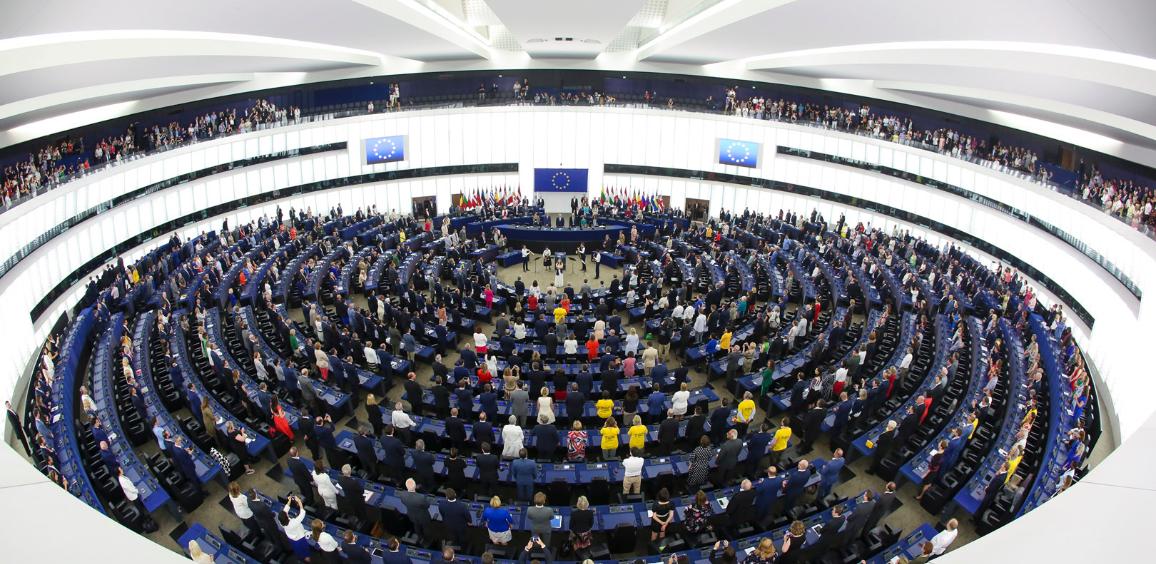Policy Making
Policy recommendations to put NEMO’s results into practice.

Here you can read about the impact of the technologies developed by the NEMO project and the policy recommendations in order to put these results into practice.
During the project the external costs associated with pollutant and noise emissions will be determined, the transport policy options will be identified and assessed and a ‘White Paper’ will be written and published that proposes policies and collects best practices to deliver the intended 30% improvement in air quality for road traffic and the intended 20% reduction in noise. Lastly tangible impact of these policies will be demonstrated in selected cities.
Background
Following the 2015 Dieselgate scandal, in 2017 policymakers introduced new laboratory tests for emissions as well as real driving emissions tests on the road . The new laboratory tests, called Worldwide Harmonized Light Vehicle Test Procedure (WLTP), were introduced with the objective of gradually replacing the New European Driving Cycle (NEDC). In addition to WLTP, the new rules also put in place Real Driving Emissions testing which measure emissions such as nitrogen oxides (NOx) and number of particles (PN) in real traffic and environmental conditions. In short, while WLTP is a dynamometer test, RDE is a measurement method under real driving conditions.
In supplementing Regulation (EC) No 715/2007 on type-approval of motor vehicles with respect to emissions from light passenger and commercial vehicles and on access to vehicle repair and maintenance information with Regulation (EU) 2017/1151, the European Parliament and the European Commission both recognised the added value of RDS technology, specifically mentioning the importance of calculating real driving emissions. Whilst the regulation has come into force however, gaps to be addressed still remain.
Upcoming regulations on air quality includes the revision of Euro emissions standards, namely to develop emissions standards (Euro 7) for all petrol and diesel cars, vans, lorries and buses which is expected for later this year and which will tackle specific pollutants.
Read Transport & Environement’s recommendations for the ‘Euro’ car and van emission standard here.
At a wider EU level, the European Commission launched its Zero Pollution Action Plan which has a 2030 target of improving air quality to reduce the number of premature deaths caused by air pollution by 55% compared to 1990 levels.
Purpose
The NEMO projects is important as it helps identify high emitting vehicles and it helps cities to get them off the road. The project identifies what cars, trucks, vans and busses emit in reality when they are driving around in the cities. This is extremely important because every year 4000 people die across Europe due to air pollution. Air pollution is also responsible for tens of billions’ public health costs.
Getting polluting cars off our streets and transforming the way we move around is urgently needed if we want to solve the air pollution health emergency and halt the climate crisis.
What are we doing?
Key countries and cities across the EU are increasingly adopting RSD to support them in identifying high emitters from road transport on the roads, as well as helping with the implementation of Low Emissions Zones.
In Madrid for example, and thanks to the EU-funded project LIFE GySTRA, the City Council found that a that a small percentage of the city’s fleet was responsible for a significant share of total emissions from on-road vehicles. For this reason, the City Council has recently published a new Air Quality Law . The law specifically obligates high-emitting vehicles that are identified on the road via technologies such as RSDs to be sent by the authorities to undergo an extraordinary inspection of the emitting vehicle itself, thereby preventing circulation. The owner of the vehicle will have 30 calendar days to take the vehicle to an inspection centre.
More about this topic
Transport & Environment is Europe’s leading clean transport campaign group. They push European cities to become champions of active, shared and electric mobility for a more liveable and sustainable urban future.
Read more about the work they do here.